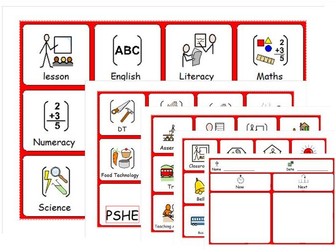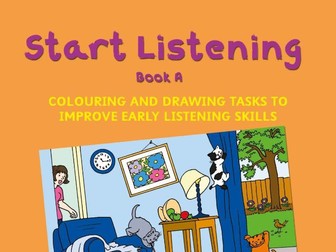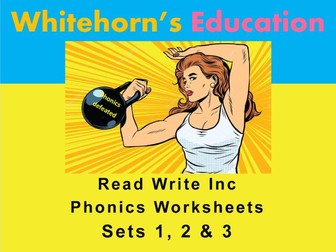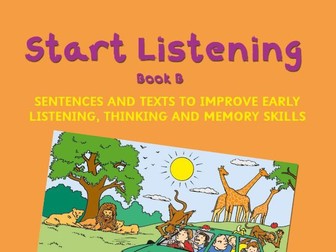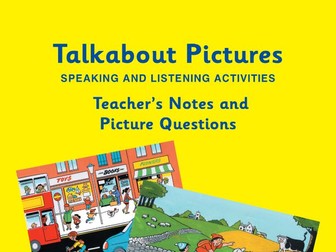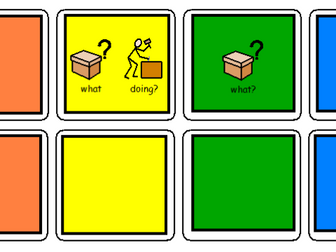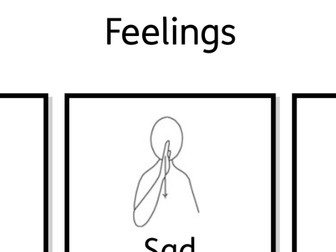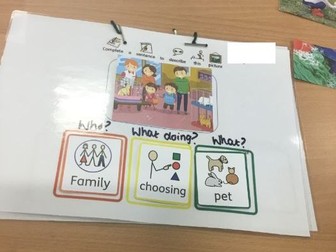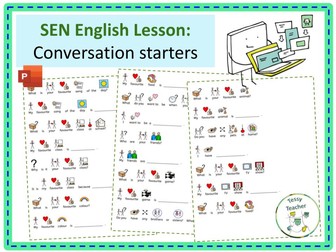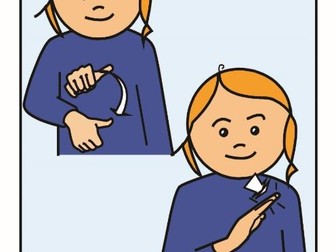
AQA English Language Paper 1 GCSE Writing Frame, Word-mats, Sentence starters
A series of scaffolded writing frames to help students develop a structured approach to answering questions in the AQA GCSE English Language Paper 1.
This includes sentence starters for questions 2-4, along with two separate story-writing word-mats to help develop students’ vocabulary in Q5 (descriptive writing/ story).
These are aimed at EAL/ SEN/ reluctant writers to help build confidence through a highly scaffolded approach to writing.
They may also be useful for KS3 students in preparation for GCSE content.
Files:
Q2 Analysing Language (word-mat)
Q3 Analysing Structure (word-mat)
Q4 Agreeing/ disagreeing with a statement
Q5 Writing your own story
Q5 Describing a character’s appearance

